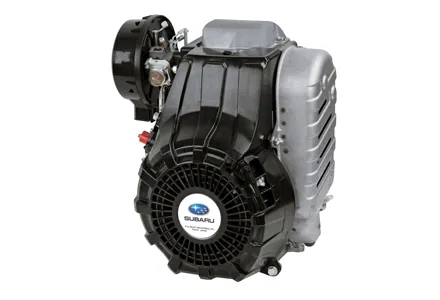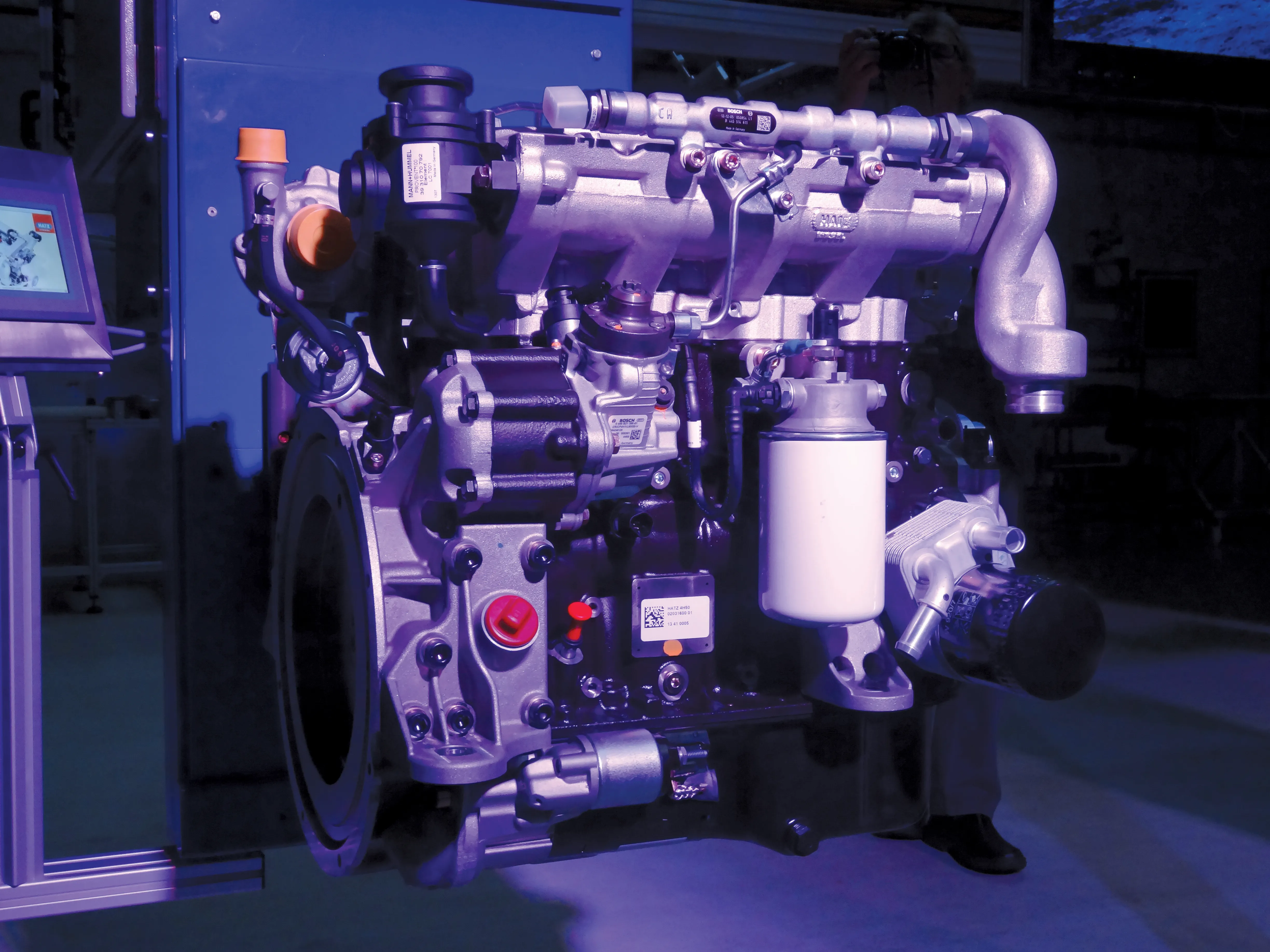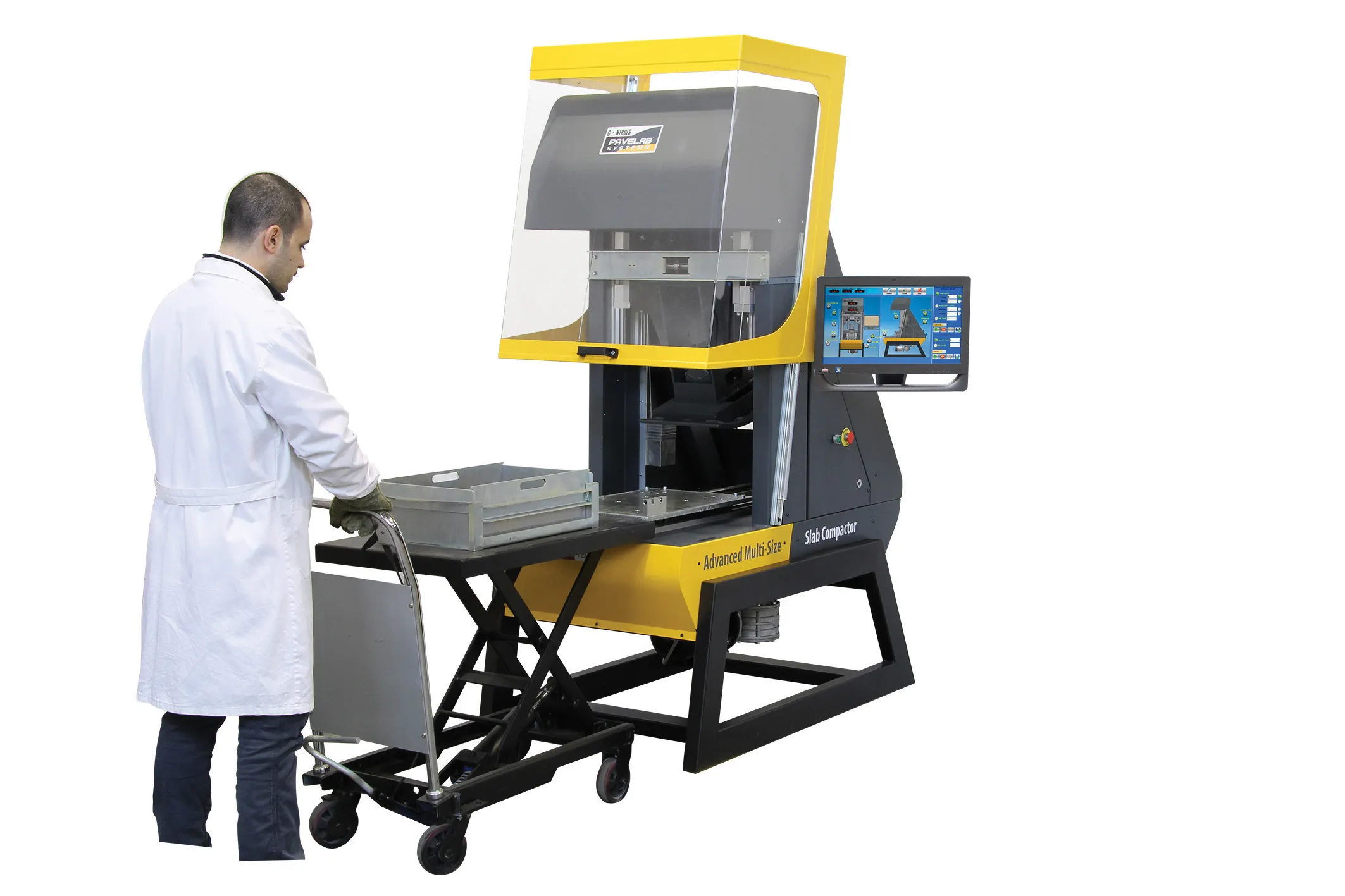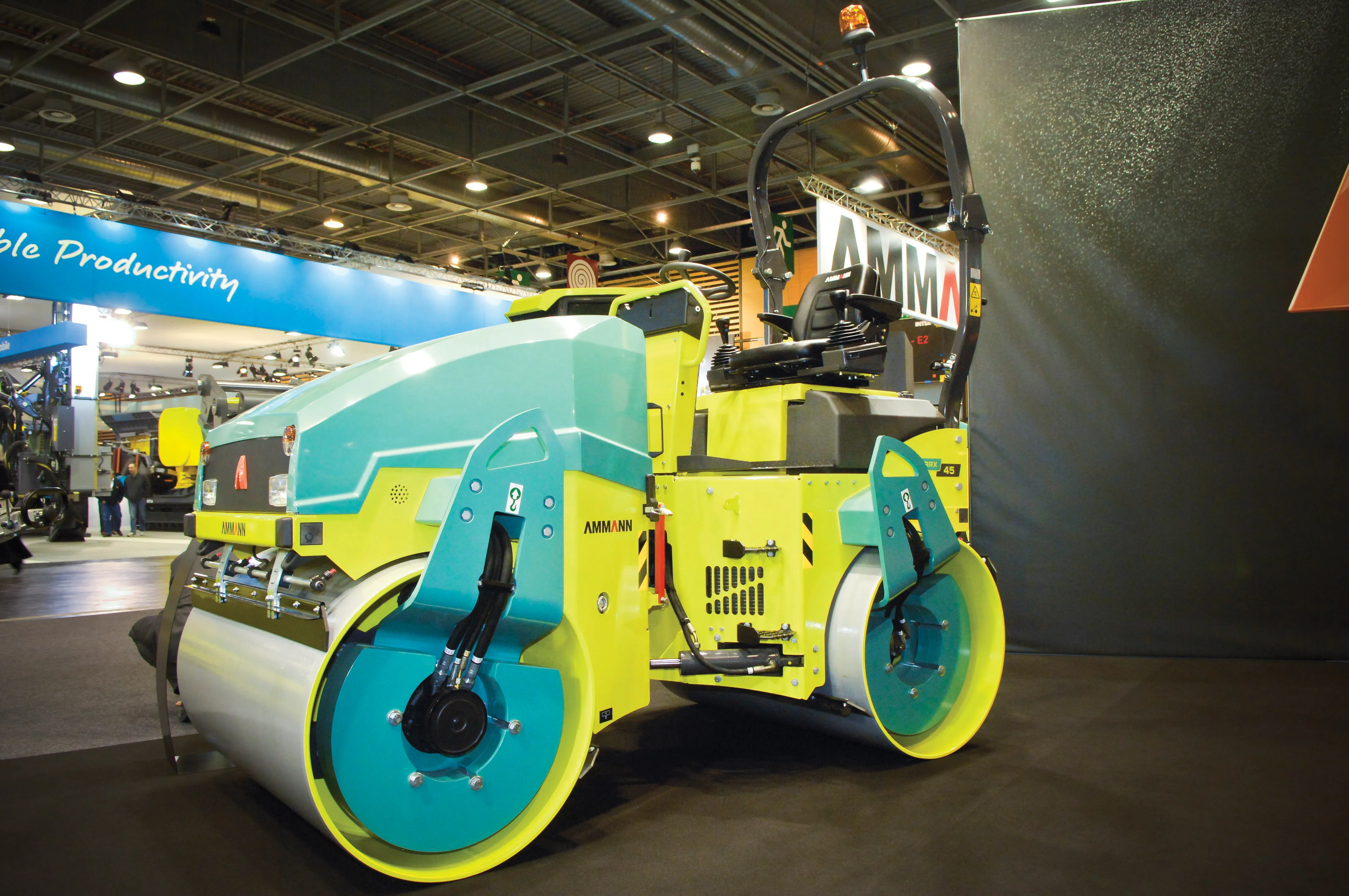Subaru’s new ER12 Rammer Engine is said to feature a carefully balanced and engineered design, and is exclusively intended for the demanding application of rammers.
With specially-designed components and overhead cam (OHC) technology, the 3hp, four-stroke engine is lightweight, yet rugged and powerful. Weighing in at around 9.07kg, the ER12 is said to offer more power and up to 24% more output than similar competitive engines, all while being lighter in weight and designed for optimised balance and perfo
August 27, 2013
Read time: 2 mins

With specially-designed components and overhead cam (OHC) technology, the 3hp, four-stroke engine is lightweight, yet rugged and powerful. Weighing in at around 9.07kg, the ER12 is said to offer more power and up to 24% more output than similar competitive engines, all while being lighter in weight and designed for optimised balance and performance.
The vertical cylinder design of the ER12 is slim and compact, and is said by Subaru to maintain an excellent centre of gravity to effectively transmit power to the ground, resulting in superior performance. The recoil has been integrated into the flywheel and blower housing, further enhancing balance and overall engine performance.
Utilising belt-driven OHC technology, Subaru claims the ER12 offers more power, easier starting and quieter operation than competitive engines in its class. The OHC design provides improved engine performance without adding extra weight, while the technology allows the intake and exhaust valves to be positioned to offer lower resistance for the air/fuel mixture flow, thus optimising engine performance. The ER12 also features a highly efficient hemispherical combustion chamber. By centrally locating the spark plug, maximum combustion is achieved and the engine is able to utilise a higher compression ratio, resulting in more power and torque.
Because of their constant up-and-down motion, rammer engines are difficult to lubricate. The ER12 has addressed this concern by including a pressure lubrication system. A gear pump transfers oil from the bottom of the crankcase to various parts of the engine that need critical lubrication. Additionally, the belt moves oil to the top of the engine, ensuring all areas are properly lubricated. This thorough lubrication leads to better performance and longer engine life.
Maintenance is simplified with a structurally-integrated crankcase and improved air cleaner sealing. For added convenience and transport ease, the ER12 can be laid on either side without causing oil or starting problems.
The 120cc-displacement ER12 engine offers an output of 2.6kW (3,600rpm) and is suitable for 60 to 80kg class rammers. It meets EPA Phase 3 emissions standards and is backed by Subaru’s industry leading 3-year limited warranty.








